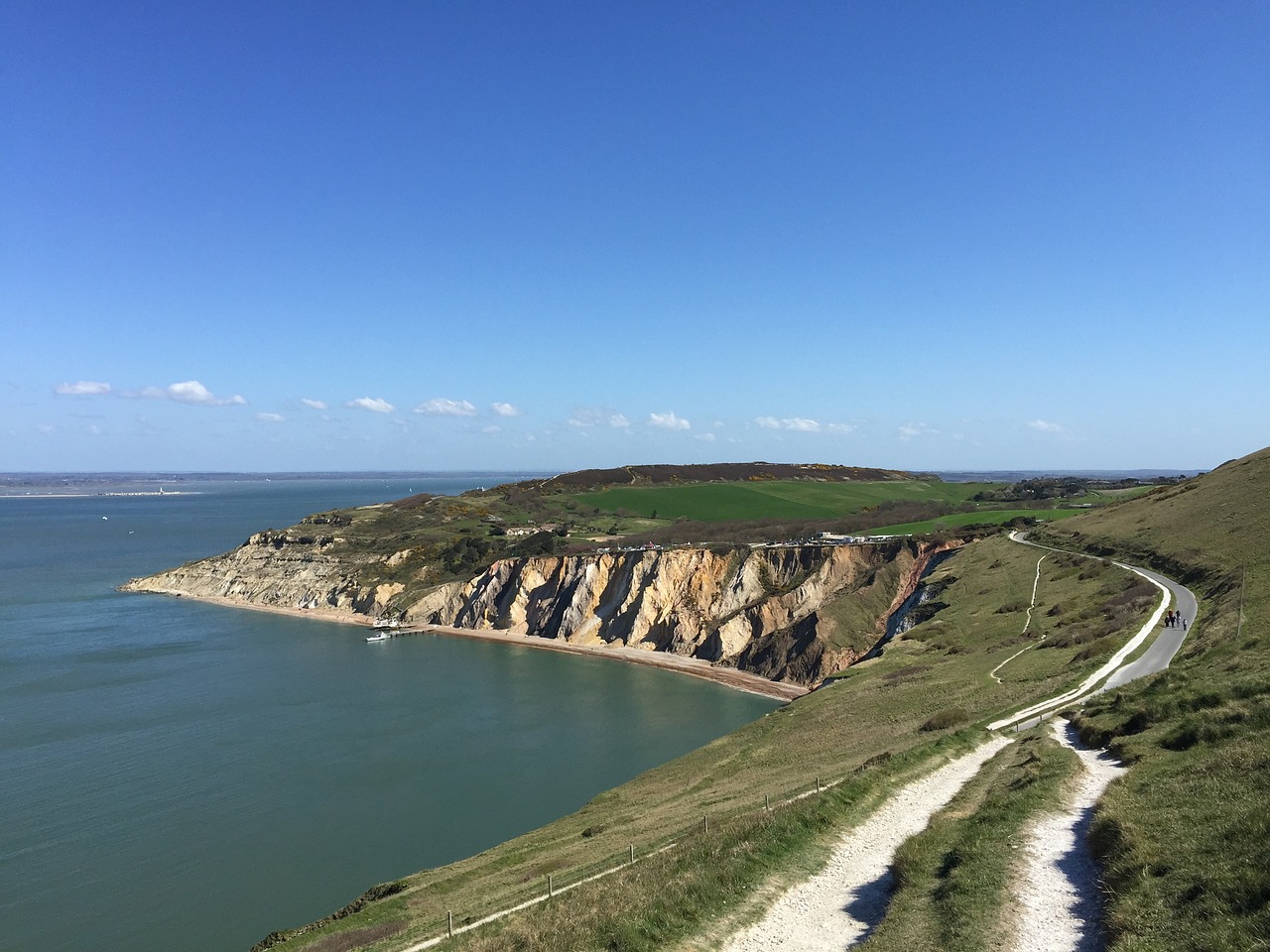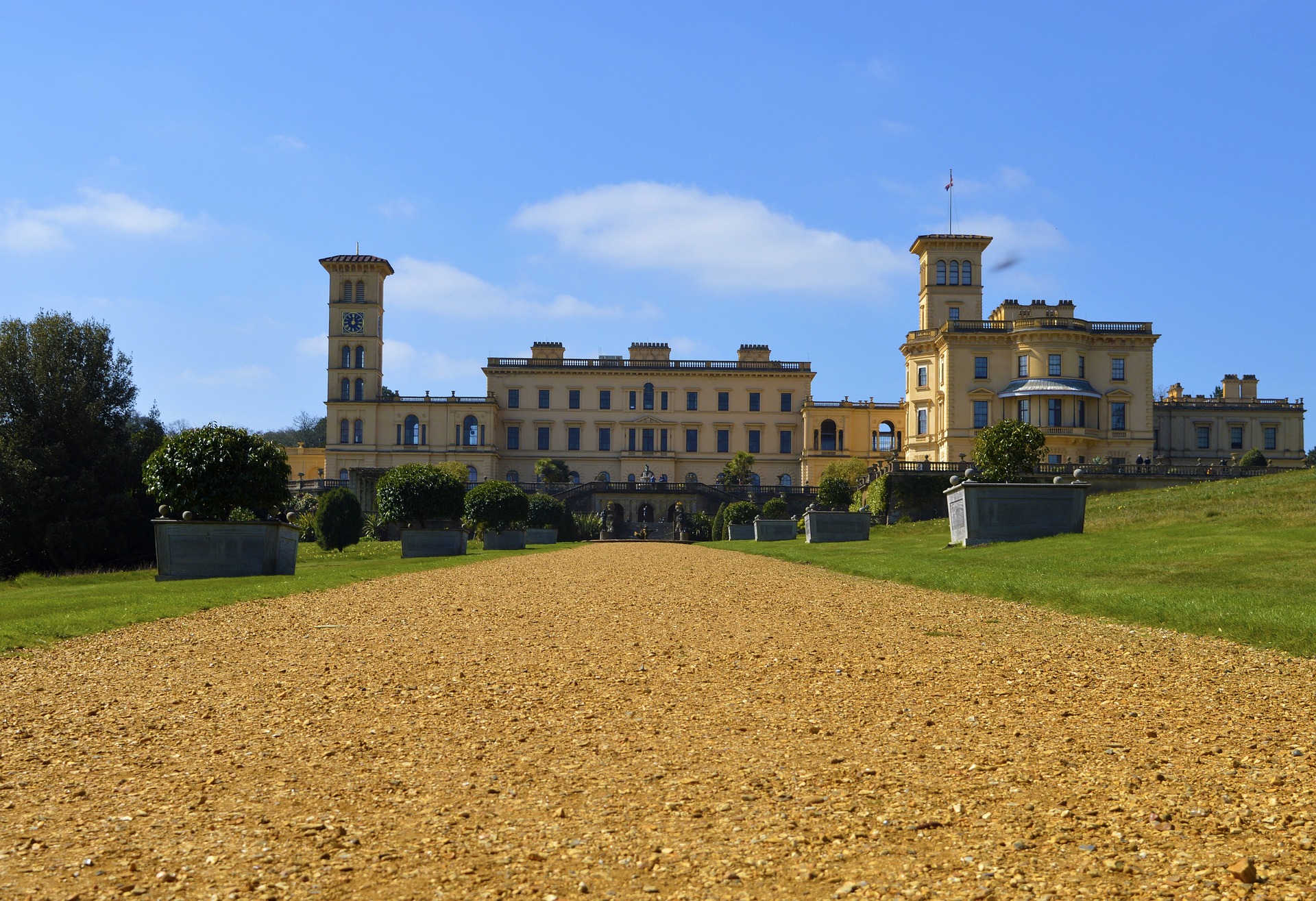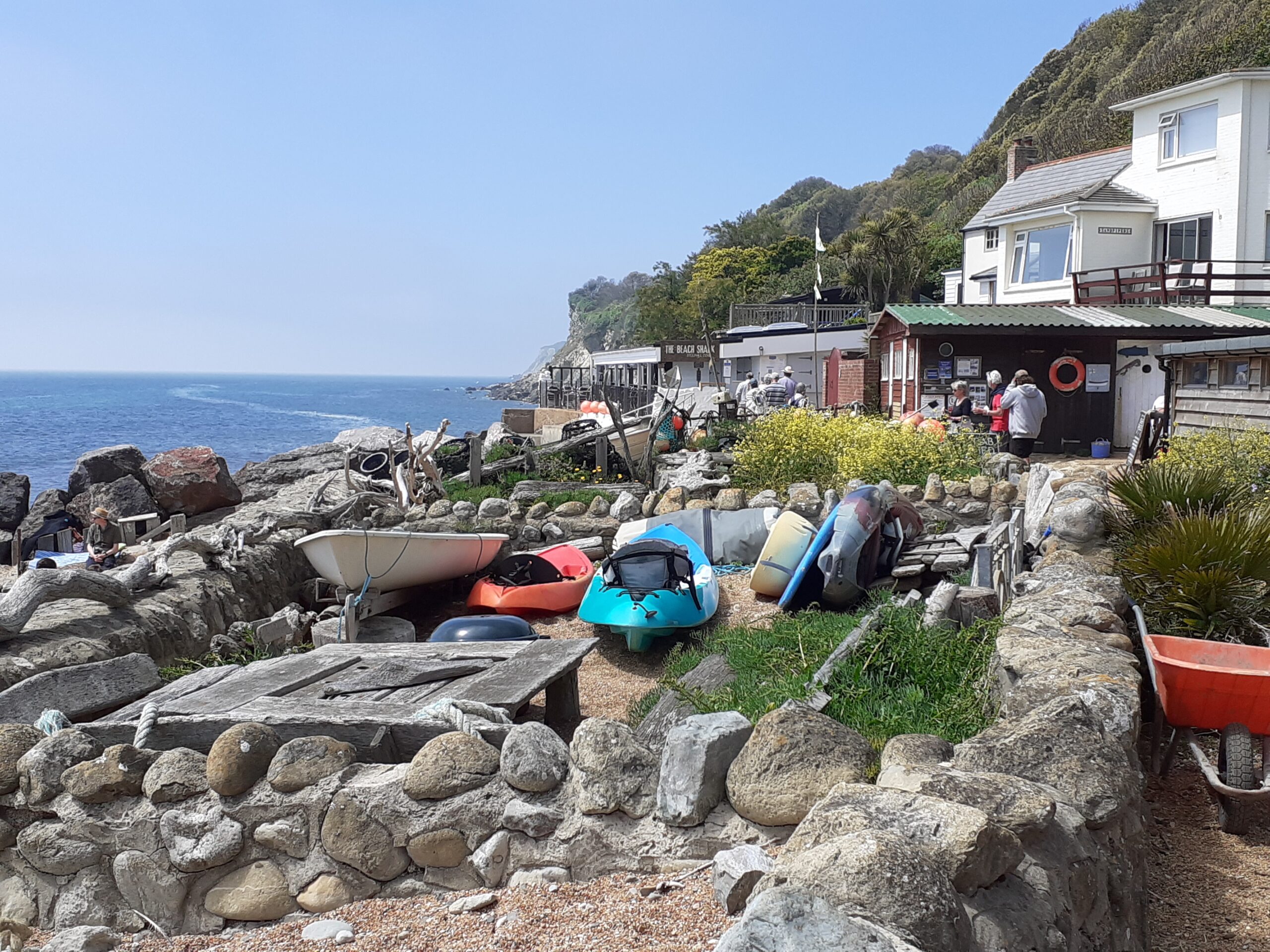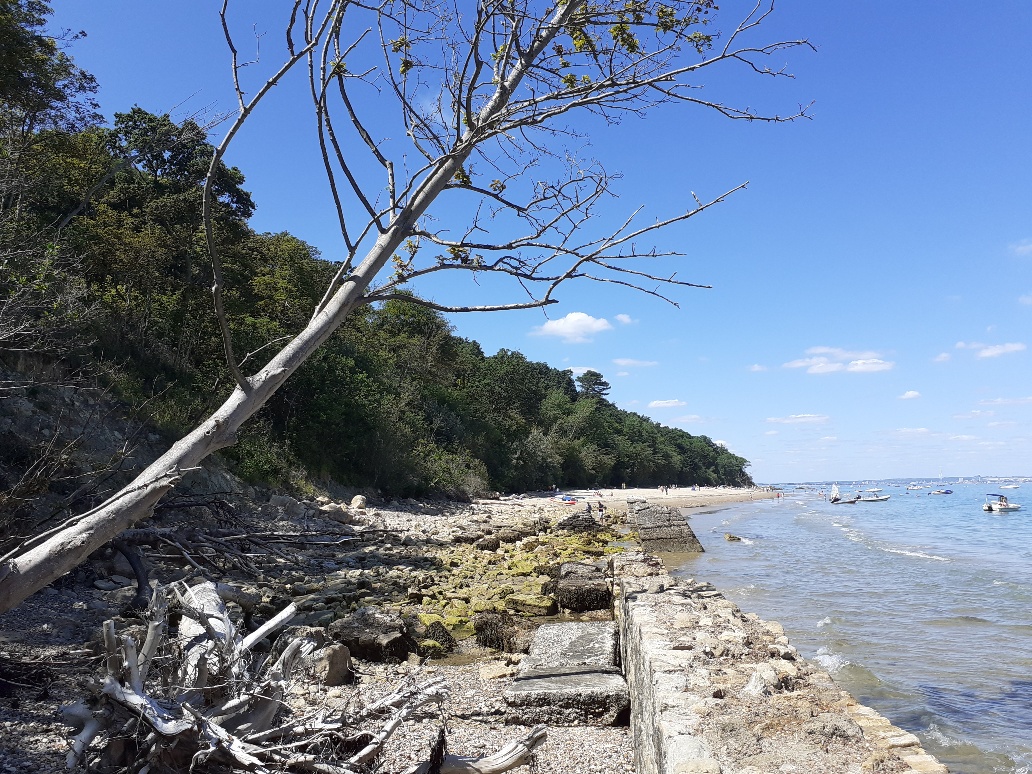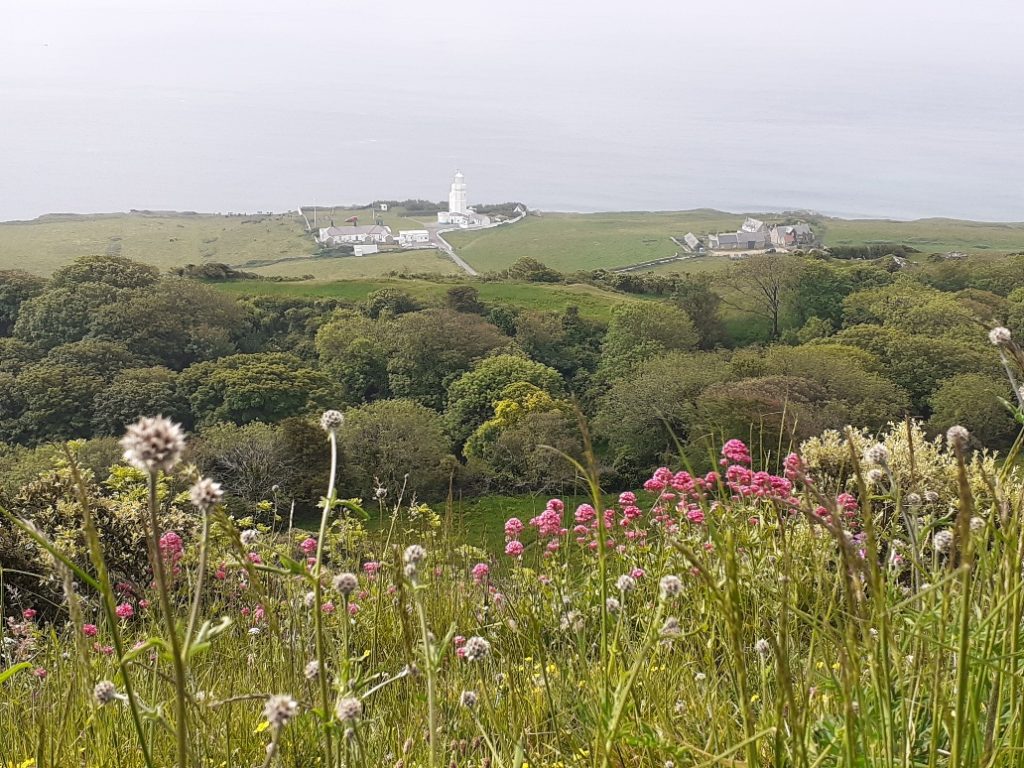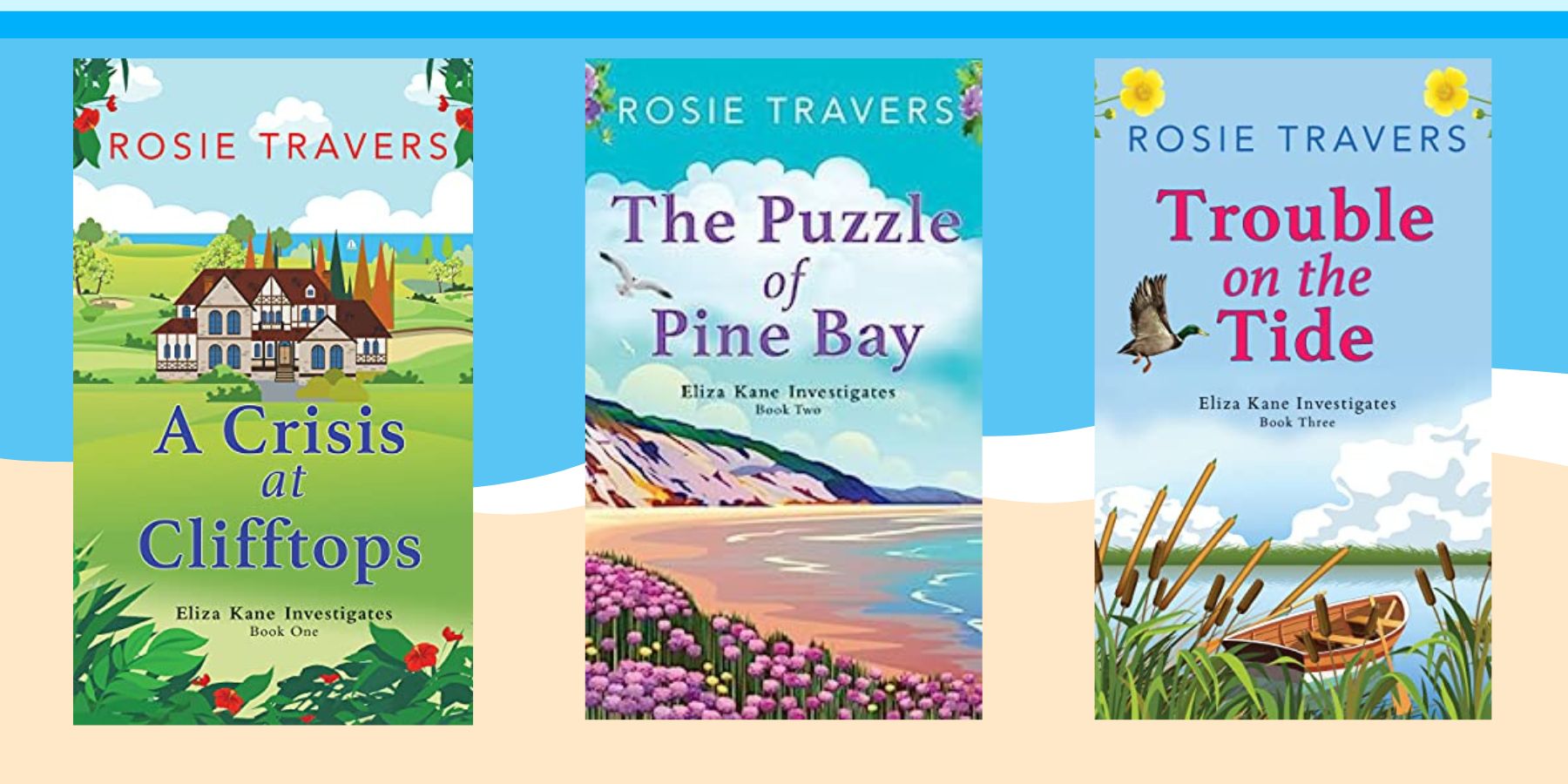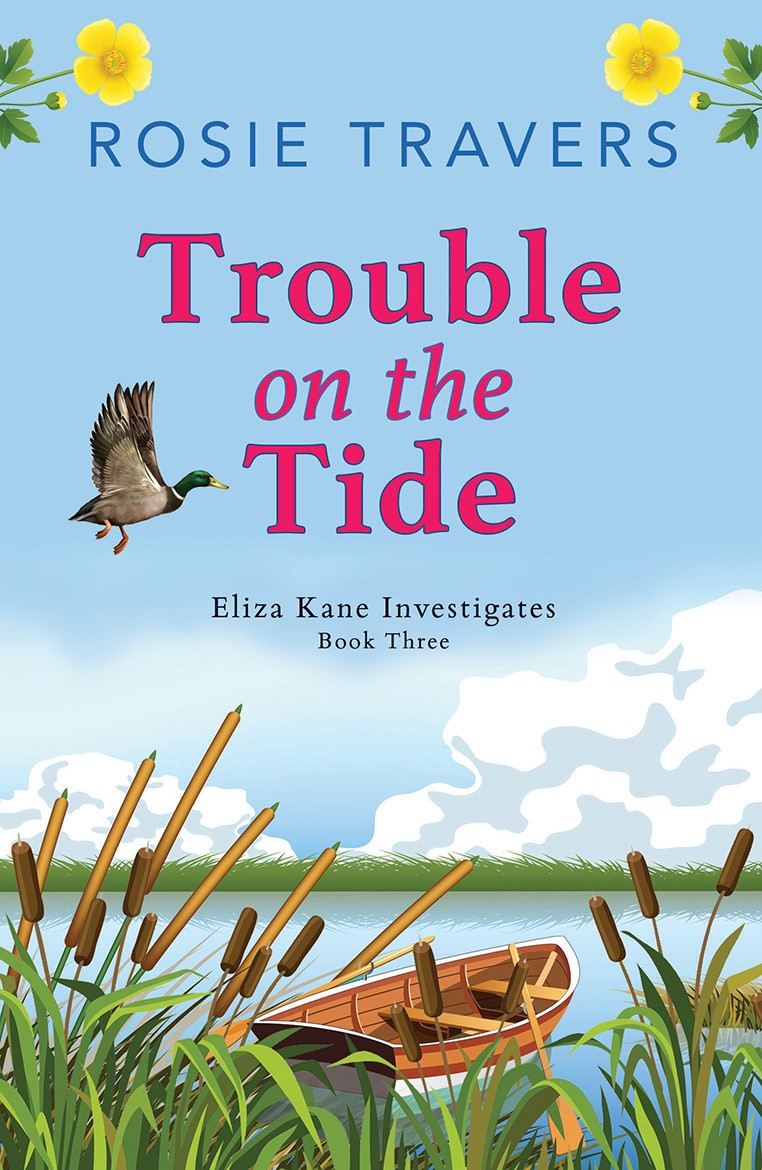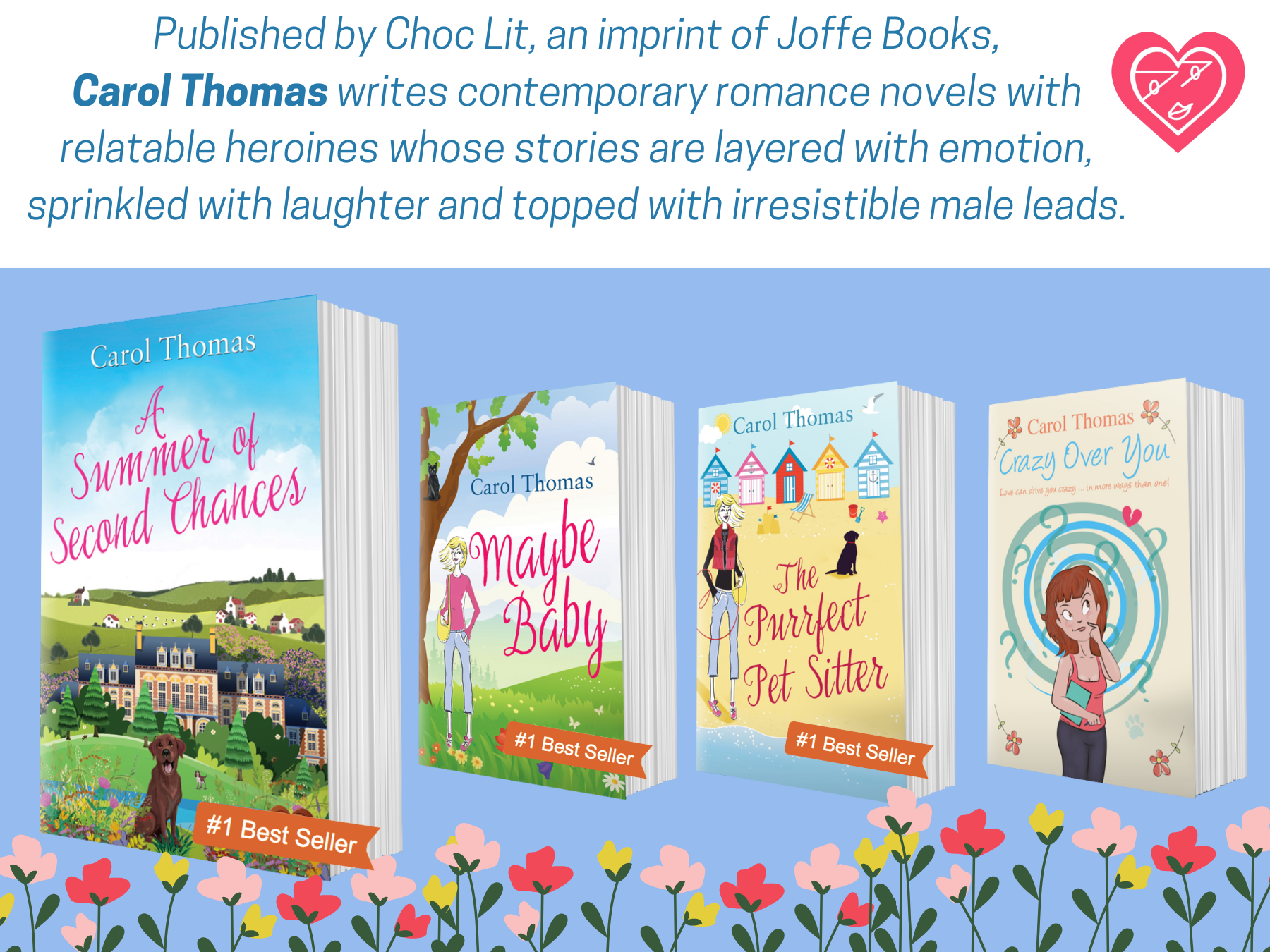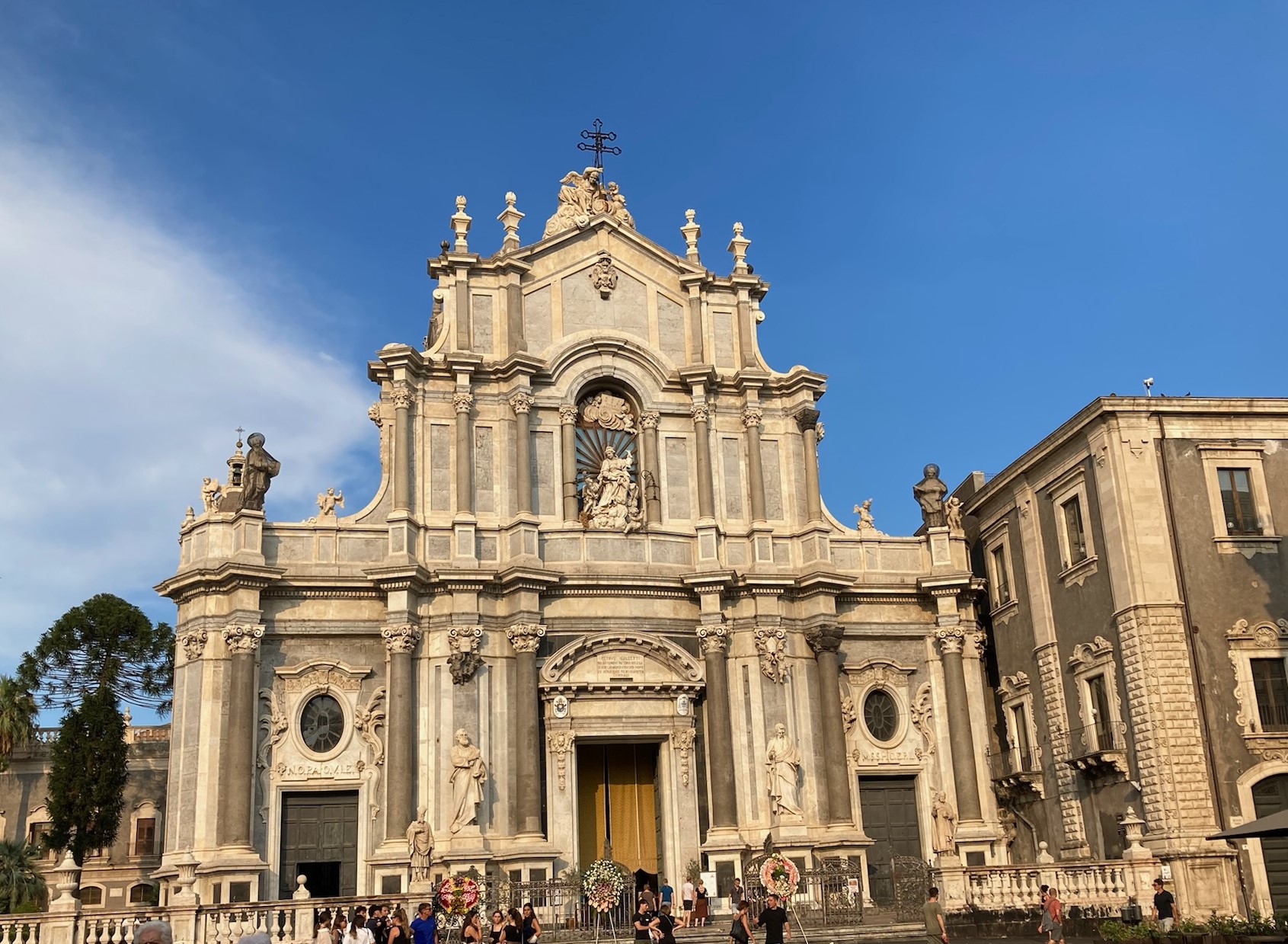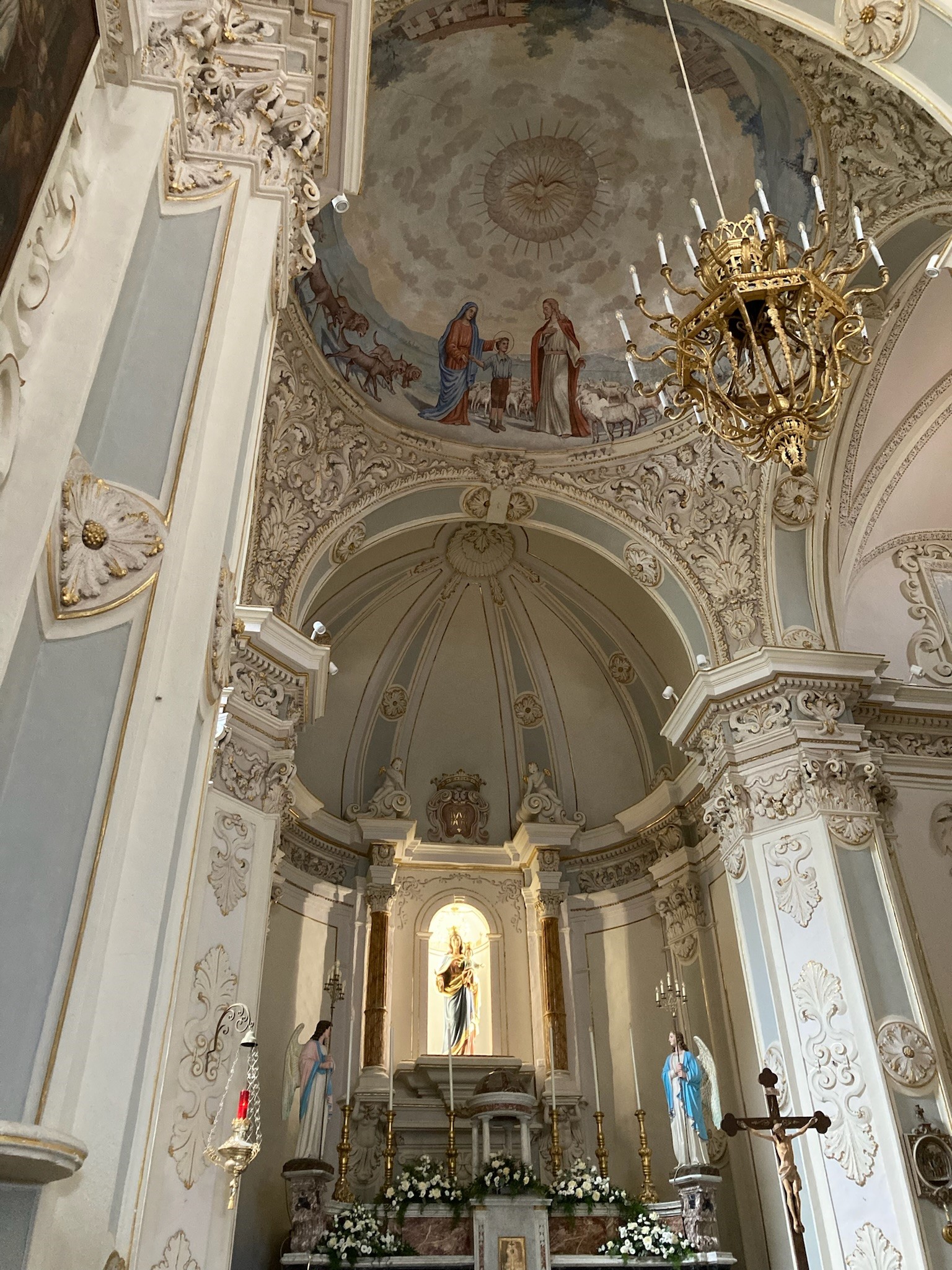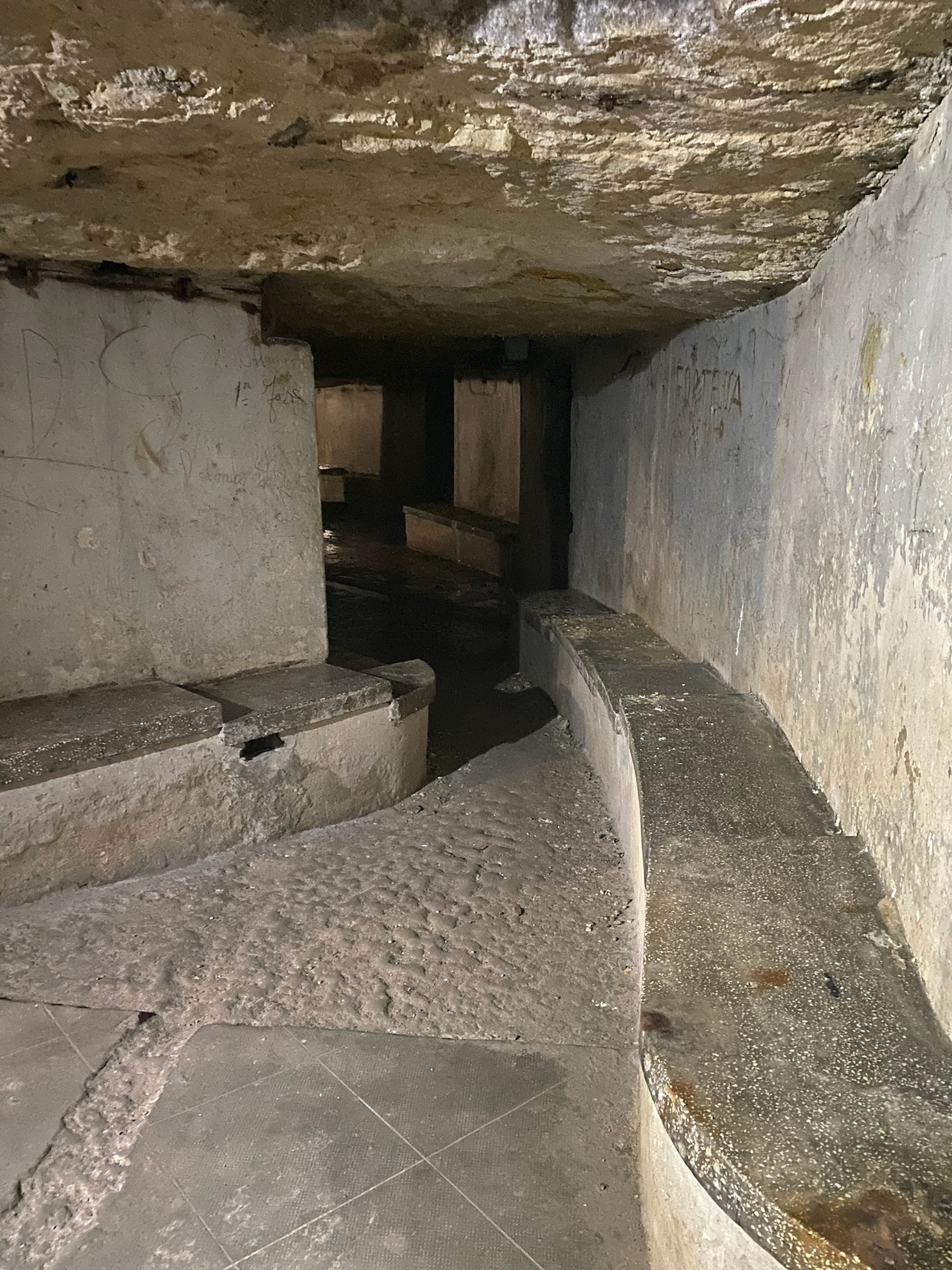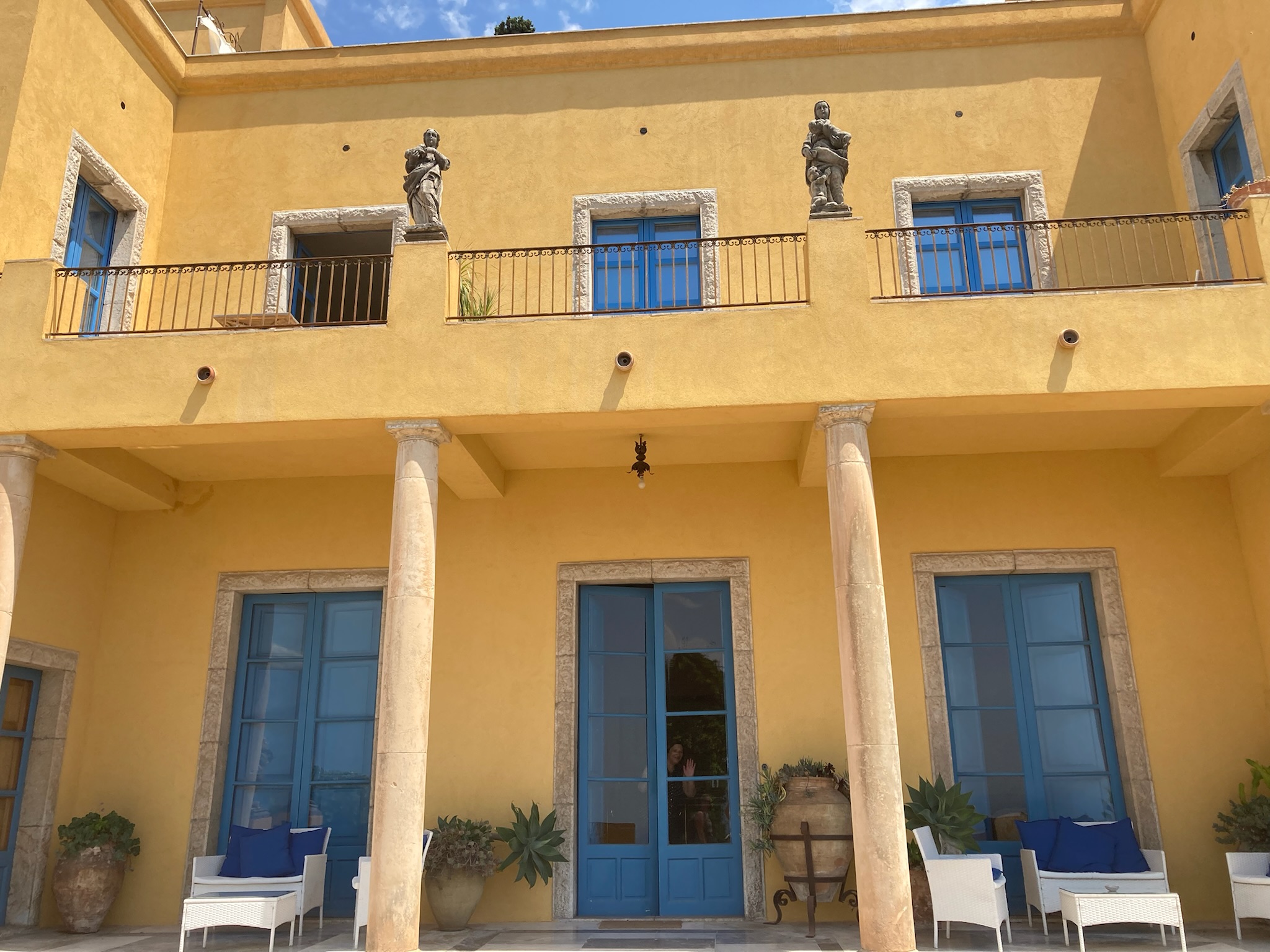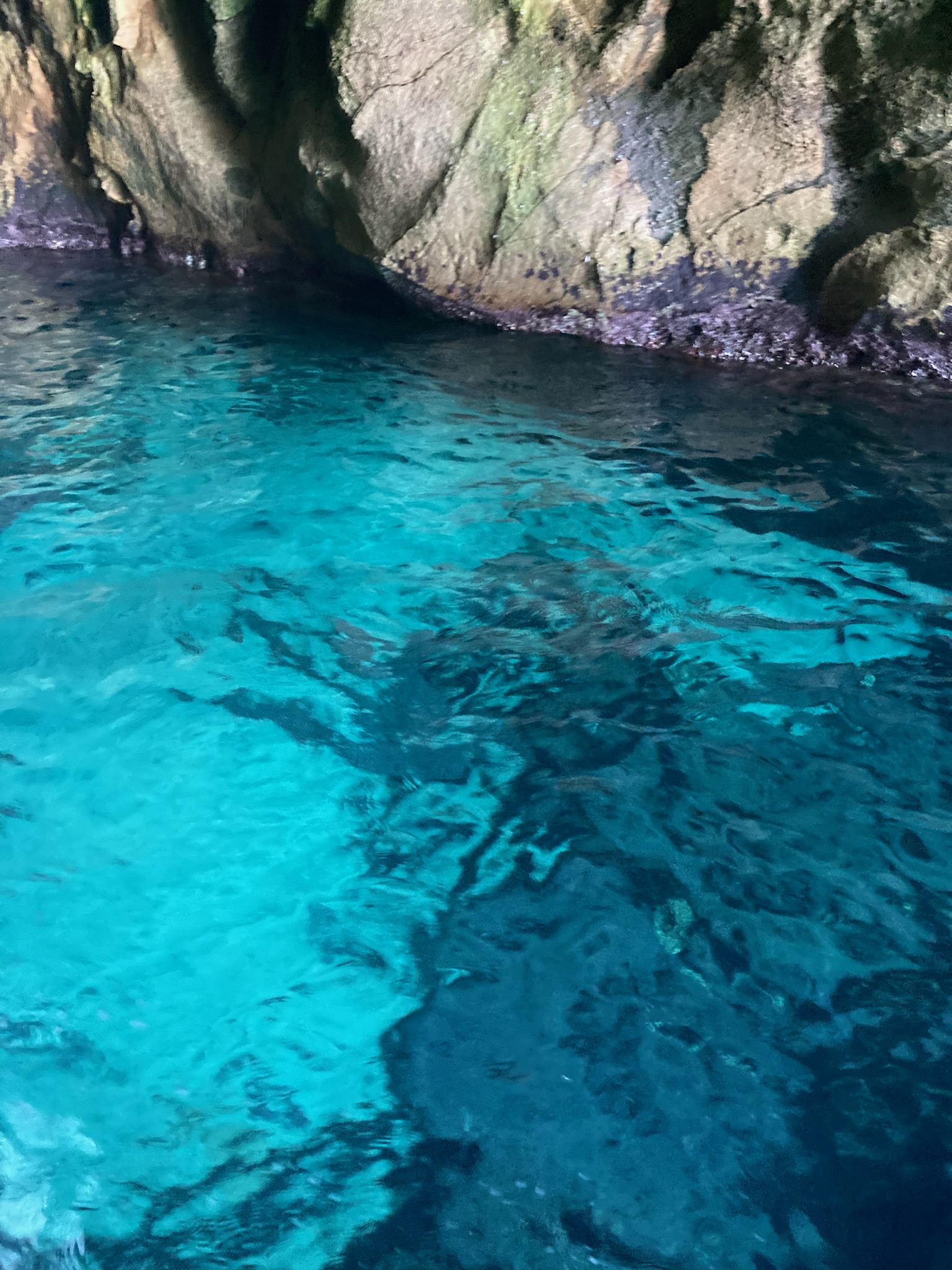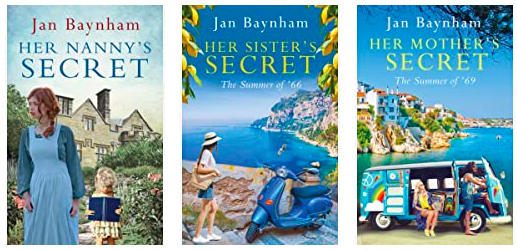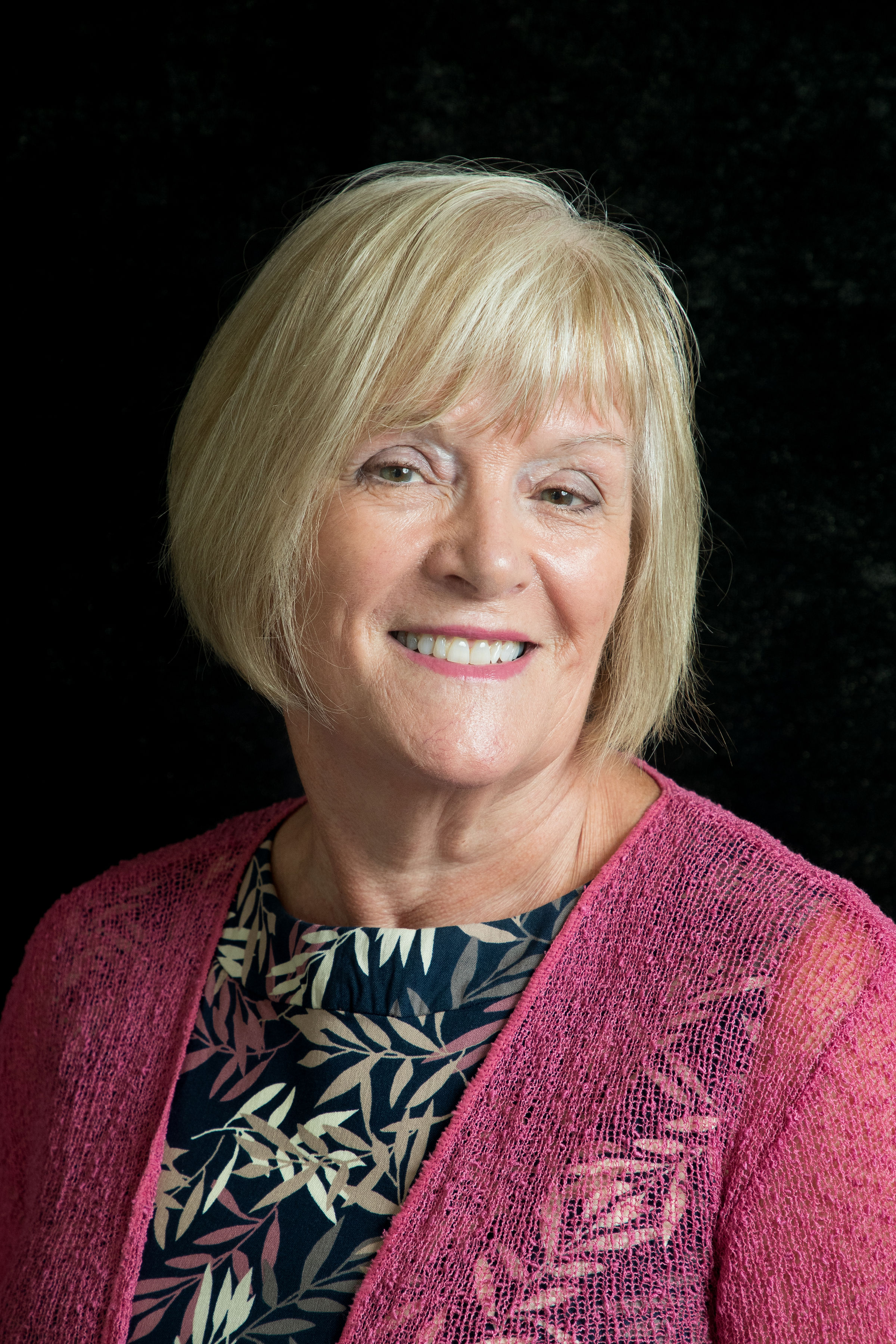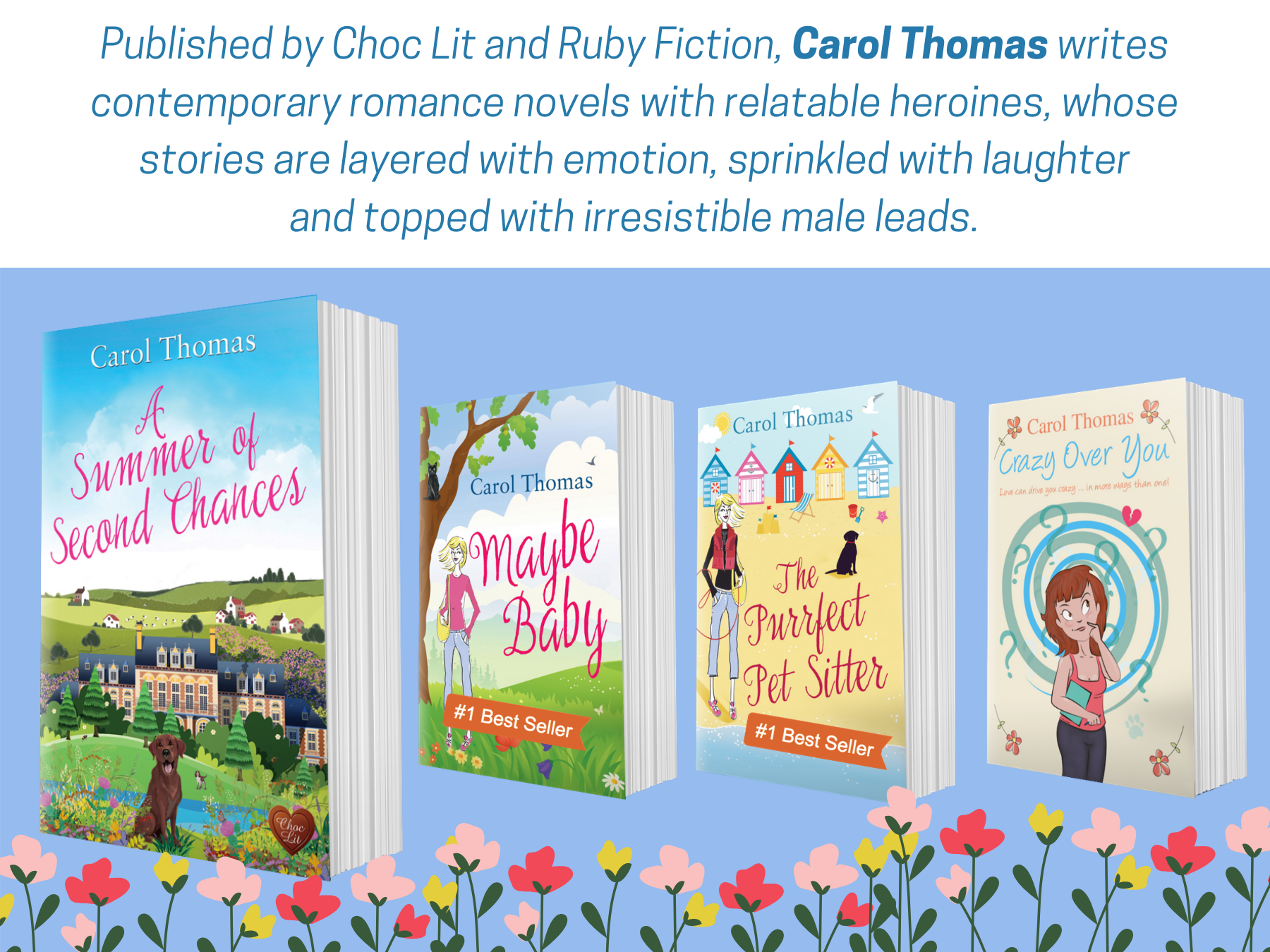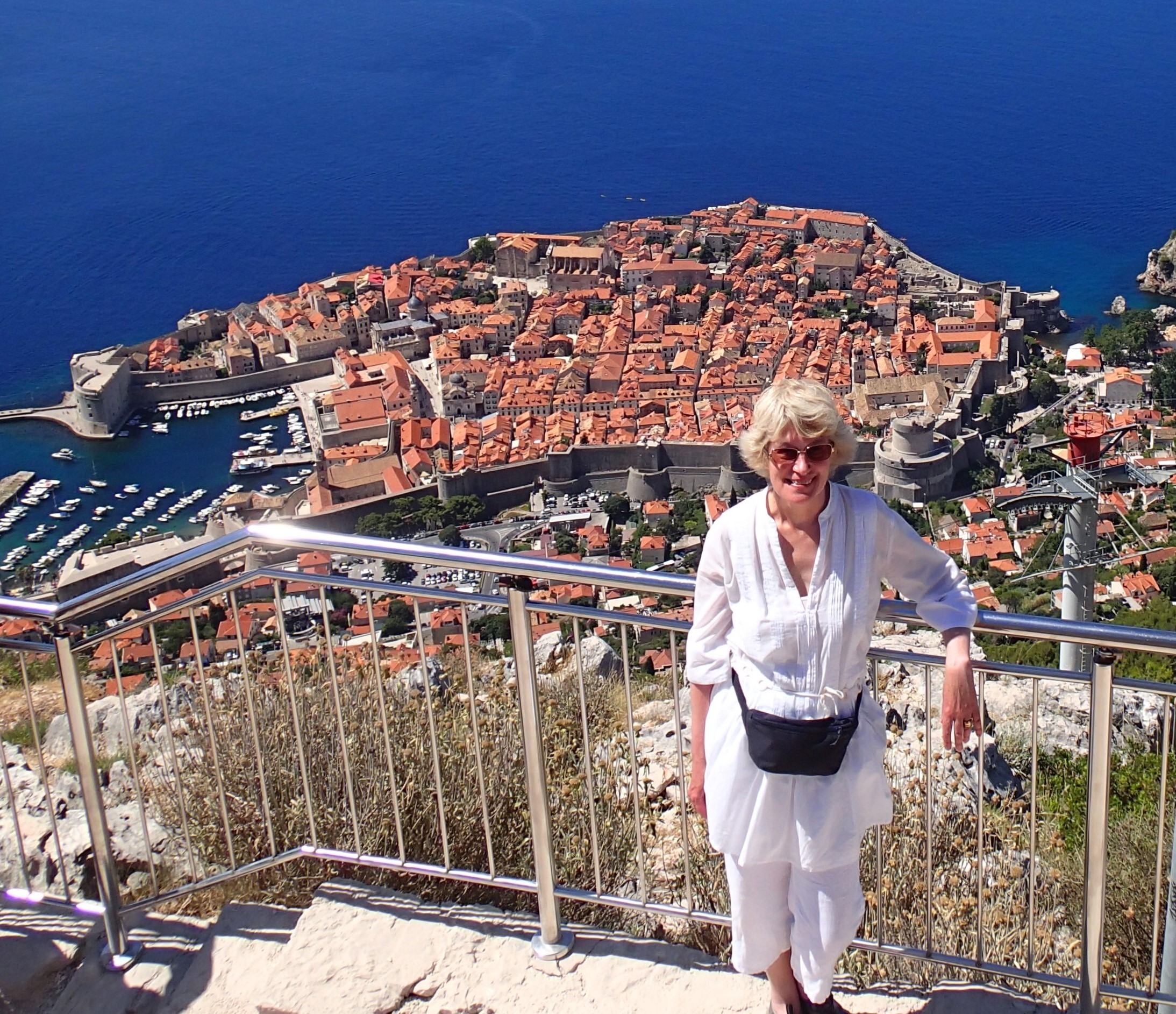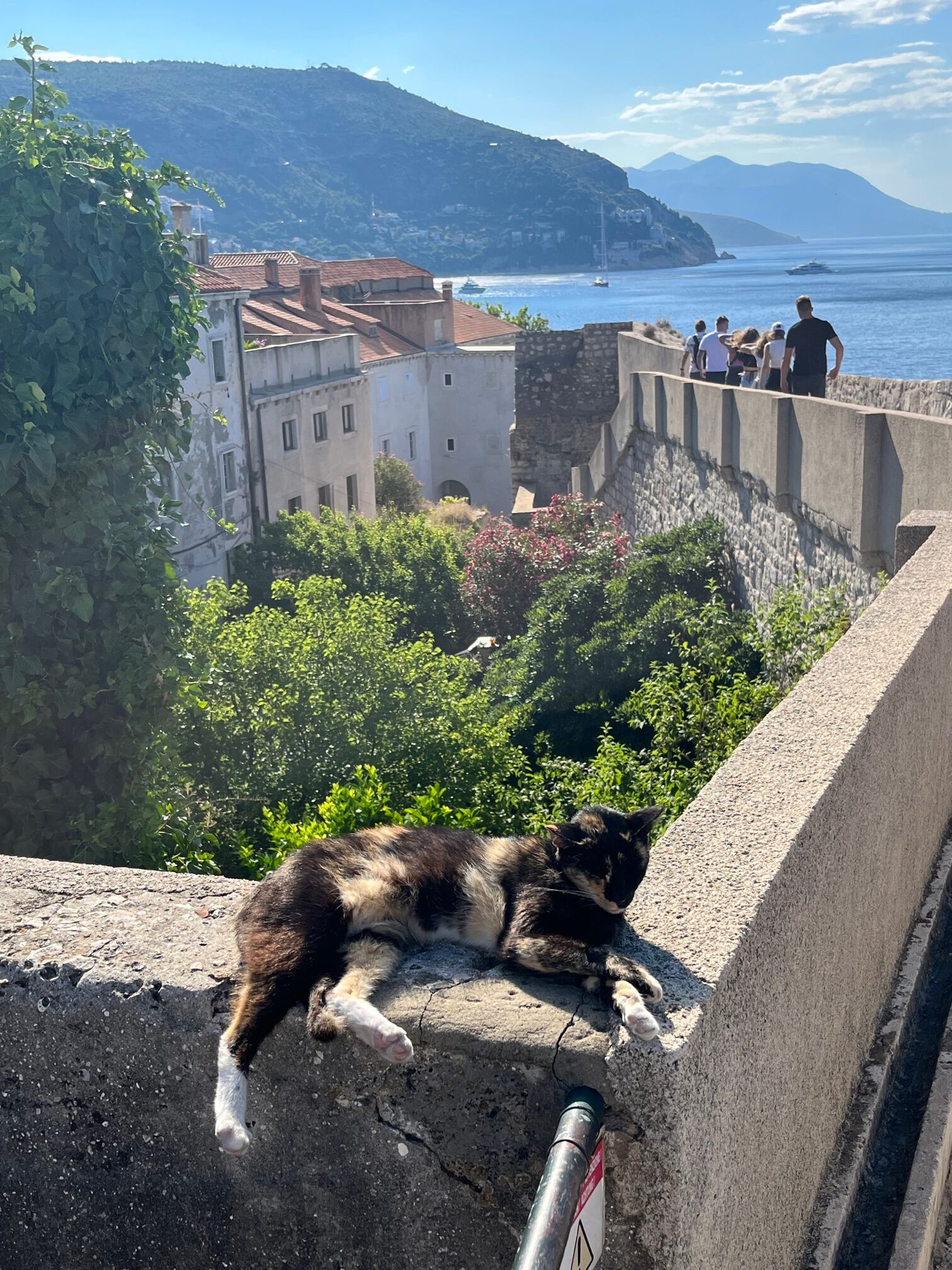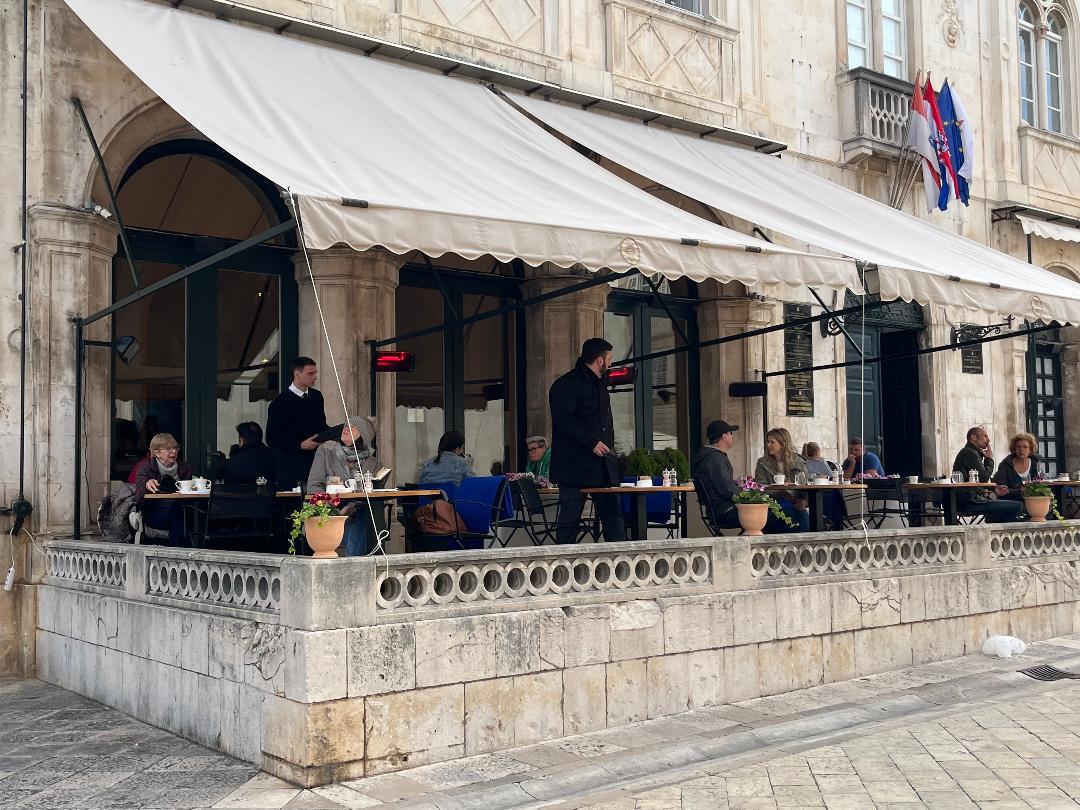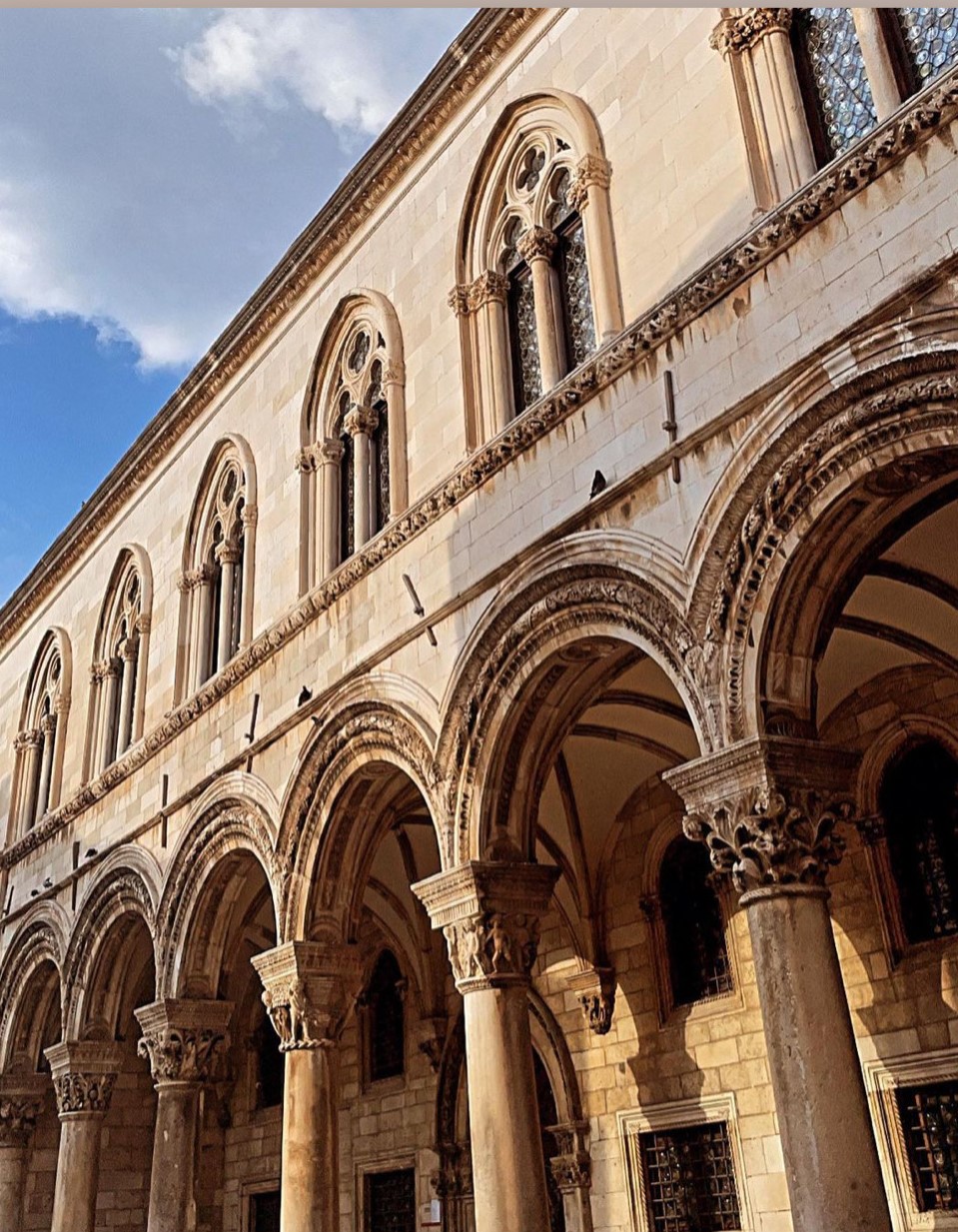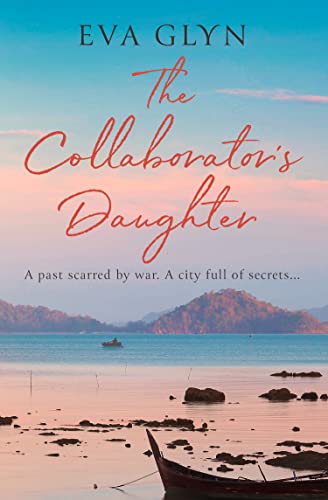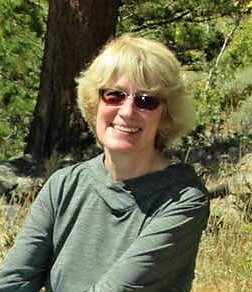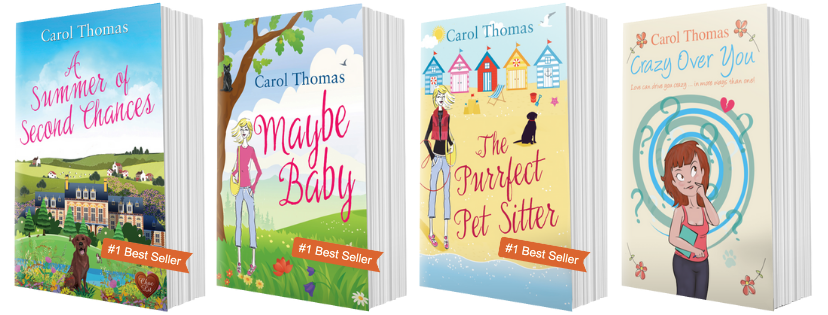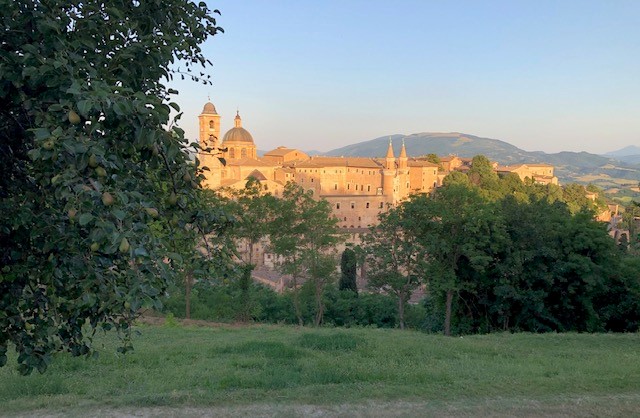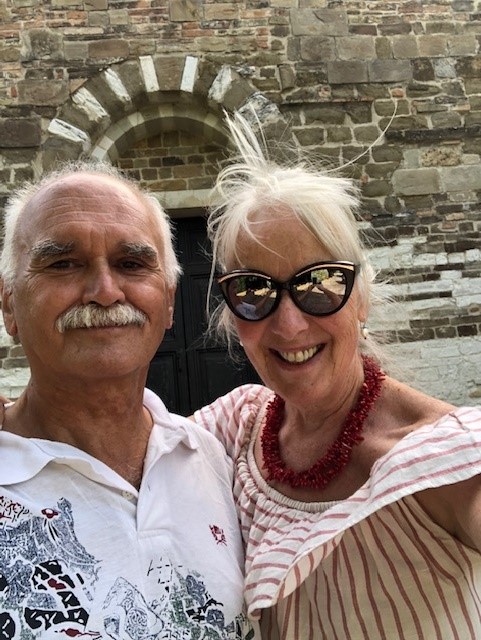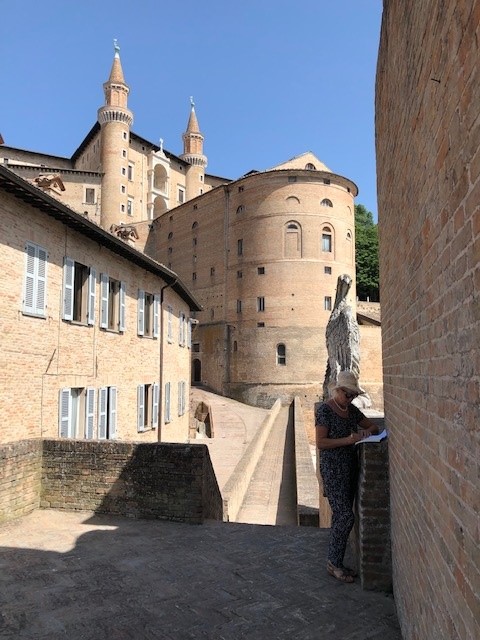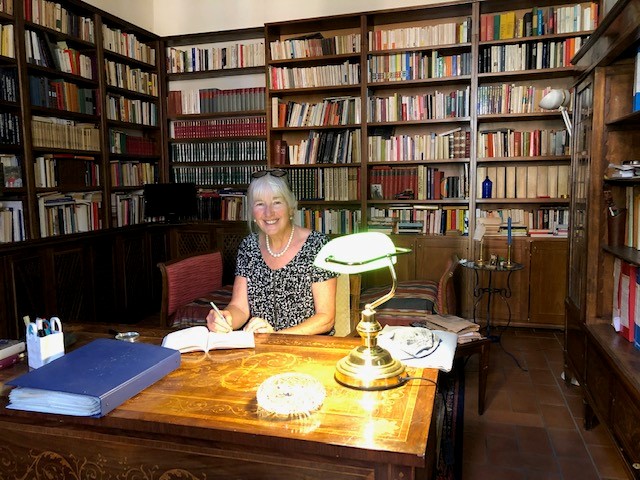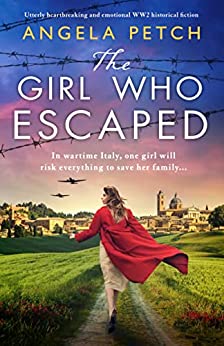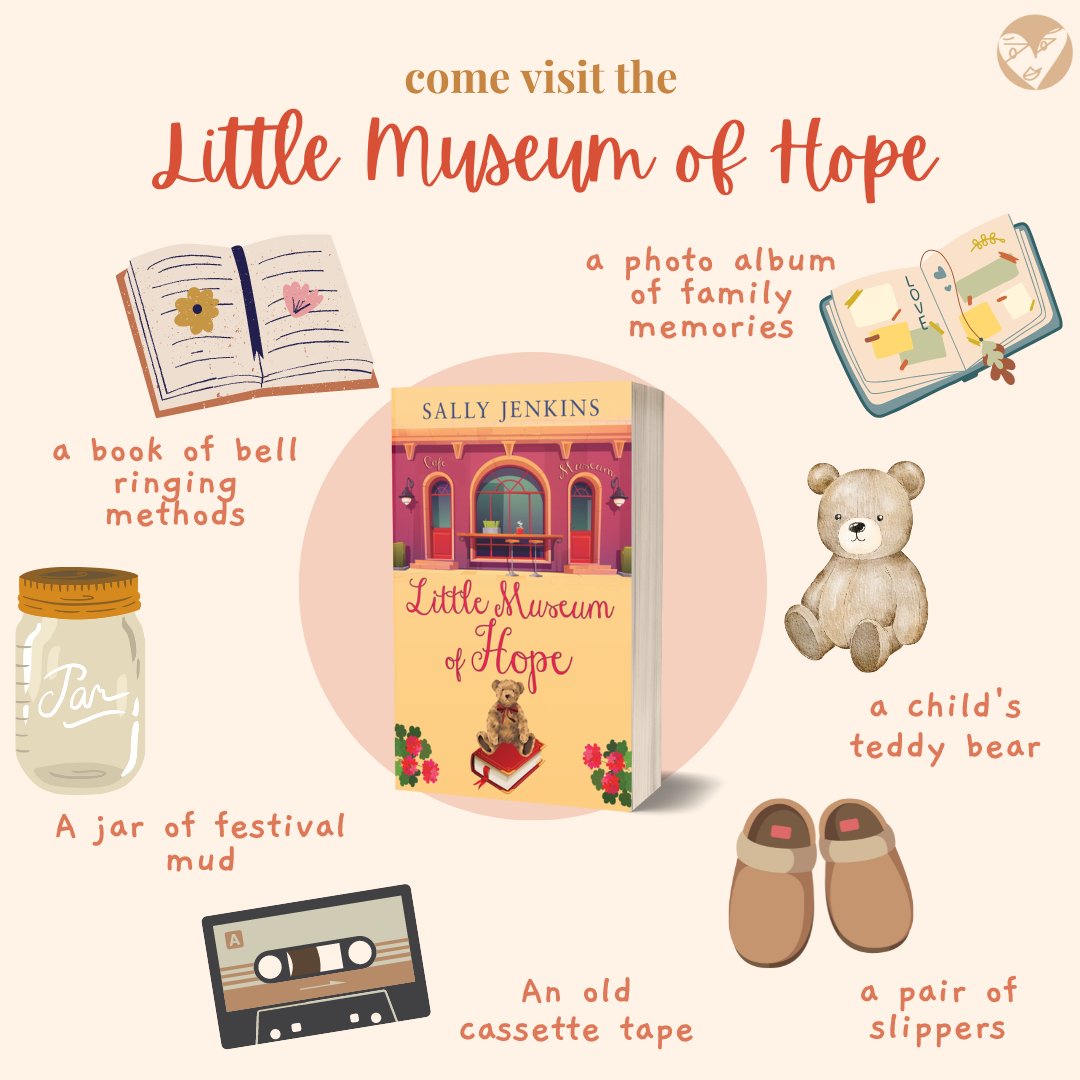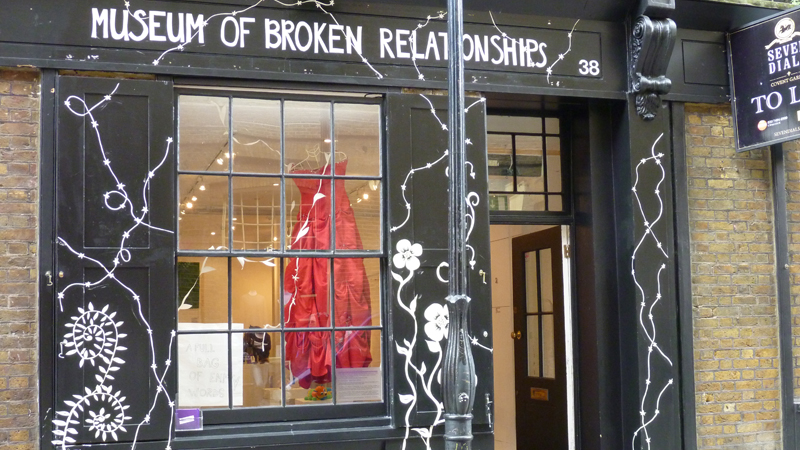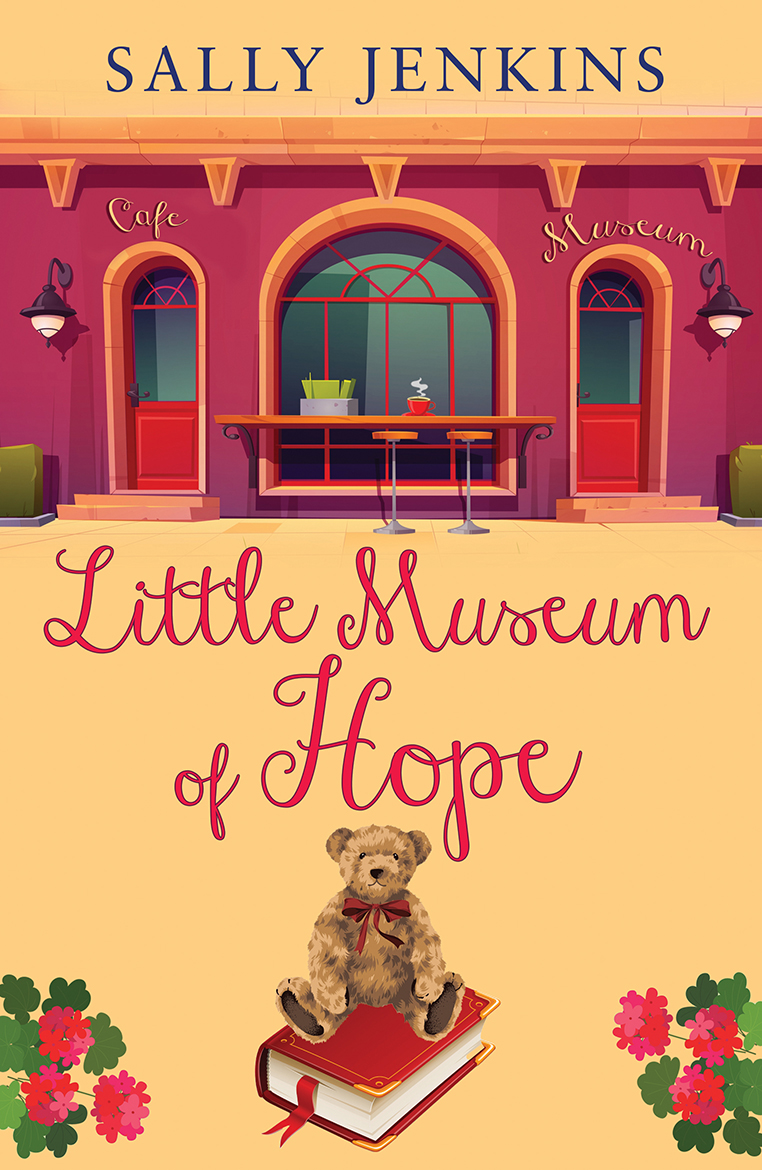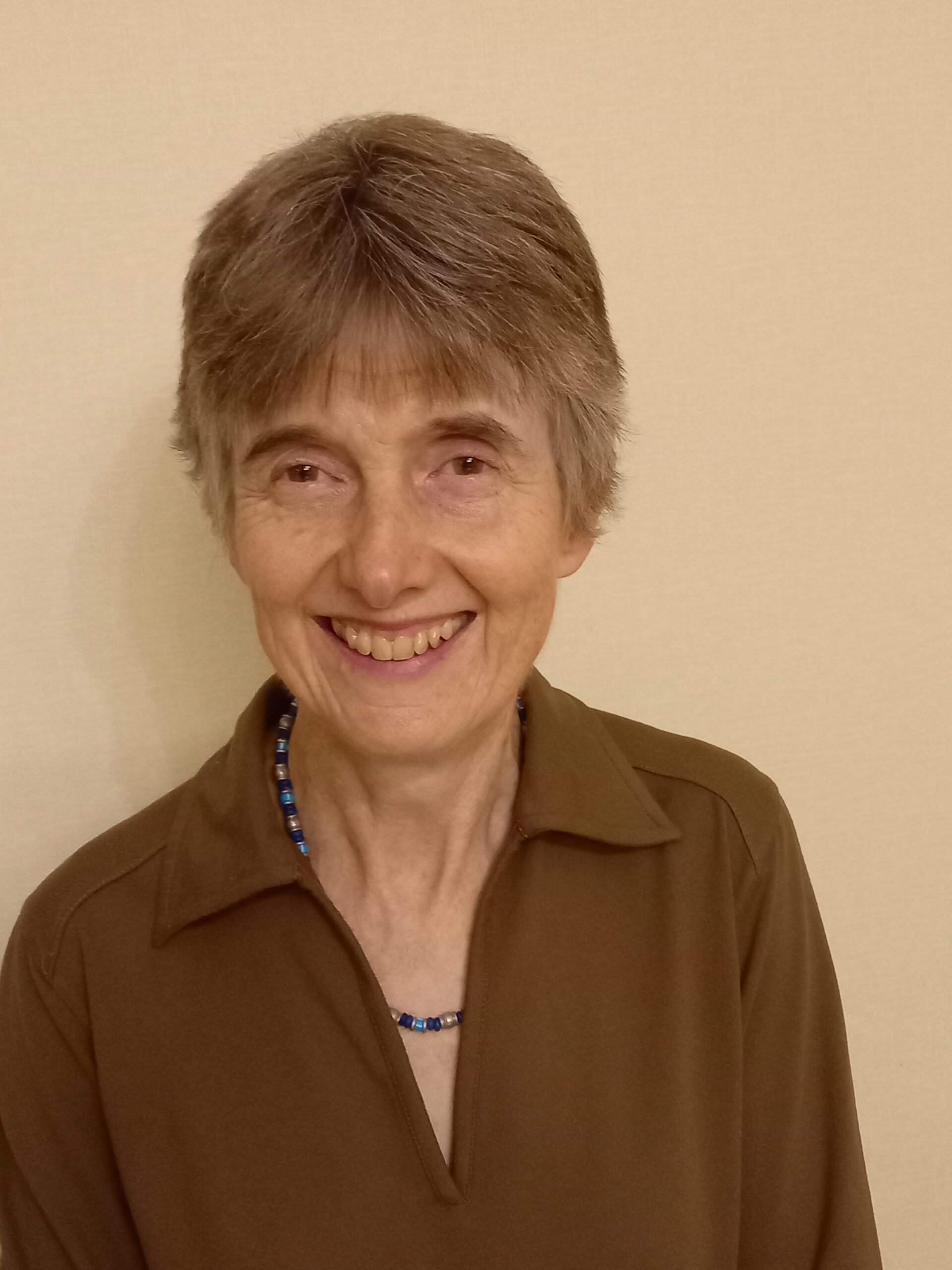Today, I am pleased to welcome first-time visitor Rosie Travers to my blog. Rosie and I are both members of the Southern Chapter of the RNA, but it has been a while since we have caught up, and so I am delighted that Rosie has stopped by to talk about the location of her latest novel, Trouble on the Tide.
The Isle of Wight is England’s largest island. Just twenty-three miles across from east to west, this diamond-shaped little gem is just two miles from the mainland at its closest point. Most people probably associate the island with the annual music festival or the sailing regatta of Cowes Week, but growing up just across the Solent in Southampton, visits to the island are embedded in my childhood and teenage memories; picnics on the vast sandy beach at Ryde, losing my pocket money in amusement arcades, stays at Hi-de-Hi style holiday camps…
Perhaps because it was “always there”, I took the island for granted. It wasn’t until we returned to the UK in 2017 after a ten-year absence that I began to appreciate this treasure on our doorstep. Resettling back into our native Hampshire, we set out to explore our local area with the same vigour we’d adopted when living abroad. When you move somewhere new, especially overseas, you tick off a whole host of historical monuments and natural wonders. I realised we’d never been to Osborne House, Queen Victoria’s holiday home, so we took a trip over to the island, had a fantastic day out, and became smitten.
Osborne House
Several day trips later, we were on a blustery winter walk along the deserted esplanade at Shanklin when the idea for a story hit me. It was only a vague idea, but when I combined it with another half-baked plot already brewing, I realised I had the potential to create a whole series of cosy mysteries set on the island. My sassy ex-pro-golfer amateur sleuth Eliza Kane was born. The series is meant to be fun and entertaining and just a little eclectic – a bit like the island it’s set on. Injury has forced Eliza to take early retirement, so she takes up the challenge of solving crimes. Each book is set in a different location on the island so readers can have a virtual tour – and there’s a lot to see.
Local mainlanders always used to joke that visiting the island meant turning your watch back 40 years, but that’s most definitely changed. In 2021 I walked the entire 70 miles of the coastal path and saw the island from a totally new perspective. While Ryde and Sandown still retain that old-fashioned kiss-me-quick ambience and Ventnor has a shabby-but-chic Victorian charm, picturesque Steephill Cove has become hip and trendy with the youngsters.
Steephill Cove
The bijou former fishing village of Seaview is now much sought after amongst second-home owners, while neighbouring Priory Bay, with its white sand beach reminiscent of the Caribbean, is only accessible by sea or on foot at low tide.
Priory Bay
From bustling Cowes to the saltmarshes at Newtown Creek and onwards to the stunning chalk and sandstone cliffs and lush rolling downs of the south coast, this is an island that really does have something for everyone – and bag loads of inspiration for a writer!
St Catherines Lighthouse
The third book in my Eliza Kane series will be published on June 27.
Thank you for sharing your passion for the Isle of Wight. I love the look of your cosy crime series, Rosie, and I look forward to reading them. I wish you every success with Trouble on the Tide! xx
About the book:
When Isle of Wight restaurant owner Stewie Beech is found dead in a dinghy abandoned in picturesque Newtown Creek, the police conclude he died of a heart attack. But just days before his death Stewie discovered he’d been the victim of a serious case of art fraud, and his grieving widow Pilar is convinced the two events are related.
Forty years ago Stewie Beech and Eliza Kane’s dad Ian were best friends. When Ian returns to the Island after a thirty-year absence to attend Stewie’s funeral, he promises Pilar he will seek out the swindlers who conned her husband and bring them to justice.
A freak accident lands Ian on Eliza’s doorstep and she is roped in to help out. Ex pro golfer Eliza isn’t used to having family around and father and daughter soon clash, and not just with their conflicting theories about the mysterious circumstances leading up to Stewie’s death. Eliza is committed to promoting her golfing for girls initiative and has a love-life to sort out. She wants to solve the case and send her dad swiftly back to his native Yorkshire. But with few clues to go, Ian Kane is in no rush to go home, and it soon becomes clear he harbours secrets of his own…
Purchase here.
About the author:
Rosie Travers grew up in Southampton on the south coast of England. She loved escaping into a good book at a very early age and after landing her dream Saturday job as a teenager in WH Smith, she scribbled several stories and novels, none of which she was ever brave enough to show anyone. After many years juggling motherhood and a variety of jobs in local government, Rosie’s big break came after she moved to Southern California when her husband took an overseas work assignment. With too much time on her hands, she started a blog about ex-pat life which rekindled her teenage desire to become a writer. On her return to the UK she took a creative writing course and the rest, as they say is history.
Trouble on the Tide is Rosie’s fifth novel and the third in a series of fun cosy mysteries set on the Isle of Wight featuring professional golfer turned amateur sleuth Eliza Kane.
Discover more and connect with Rosie here: Website | Twitter | Facebook | Instagram | Amazon | RNA

